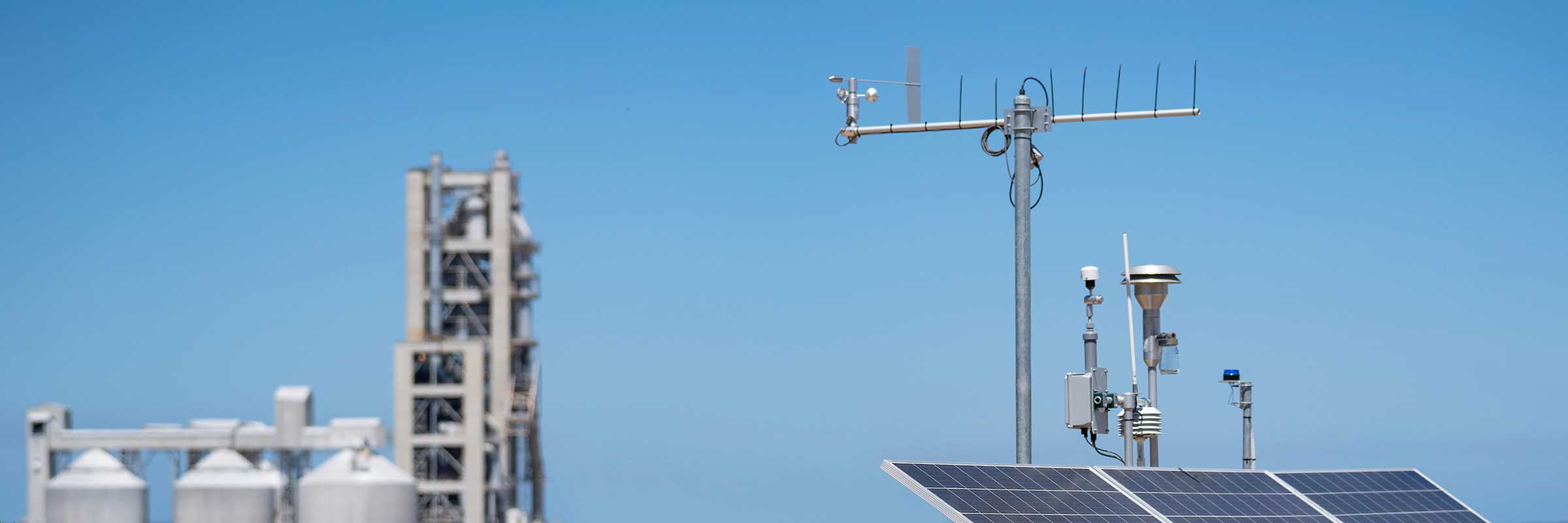CCL has live emissions monitoring on its kilns
CCL has ambient air monitors around the boundaries of its plant and within the community
We have live emissions monitoring in place to track our performance against our licence requirements
Air quality
We continue to proactively seek to reduce and eliminate dust and emissions from the Munster operations. During the past decade we have significantly reduced our environmental footprint, especially in relation to particulate emissions from the stacks.
You can also view our live particulate emissions monitoring feed from our operating kilns and from our ambient air monitors around our boundary for further information.
Dust
We are aware of the potential for dust emissions from our Munster operations, and closely monitor our emissions. These can be categorised as either licensed stack emissions or fugitive dust, typically from ground level sources.
Licensed stack emissions
The particulate emissions from the Kiln 5 and 6 stacks are continuously monitored via our Continuous Emissions Monitoring System (CEMS). The particulate emissions data is displayed live on this website and is available at any time.
The Kiln 5 and 6 baghouse filters were installed during 2012 and 2013. The installation of the filters significantly reduced dust emissions from the plant. Our stack emissions are regulated by the Department of Water and Environment Regulation via our Environmental Protection Act 1986 licence. Our licence emission limit for Kiln 5 and 6 stacks is 50mg/m3 (60min clock averaging period), however we have set an internal lower target of 25mg/m3 and we continually operate well below the target. The 2020 average dust emissions for Kiln 5 and 6 were 5.5mg/m3 and 3.7mg/m3 respectively.
Fugitive dust
From time to time, local residents express concerns regarding dust generated from ground activities such as quarrying, stockpiles, loading and unloading operations and traffic movement around the site.
In 2015 almost all local quarrying operations related to Munster site ceased. All quarry and open land areas form part of our revegetation and rehabilitation programs to reduce dust at the site.
Further initiatives have been implemented on site to reduce fugitive dust including use of water carts, application of dust suppression agents and sprinkler/misting systems.
In 2019 additional ambient air monitors (BAMS) were installed at targeted locations on our premises boundary. The particulate emissions data is displayed live on this website and is available at any time.

